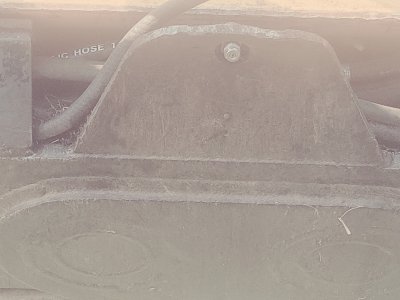Not personally. A neighbor used it, liquid nitro and 24D on his bermuda field this spring. He cut hay this week, and it sure had grown well. He tests after every cutting, so he will see here in a few daays how much oit raised his PH. I didn't need any this year, but when I do, I am going to try it. It costs less than lime, and is supposed to act faster. I use liquid nitrogen for my 1st application in March every year, mostly to put out my herbicide with. . It is cheaper than granulated Nitrogen, and you dont have to run a spreader truck then a sprayer for your herbicide. Using liquid calcium, you'd have 1 trip across your filed instead of 3 when you use bulk lime, granualted nitro, and spray for weeds.


